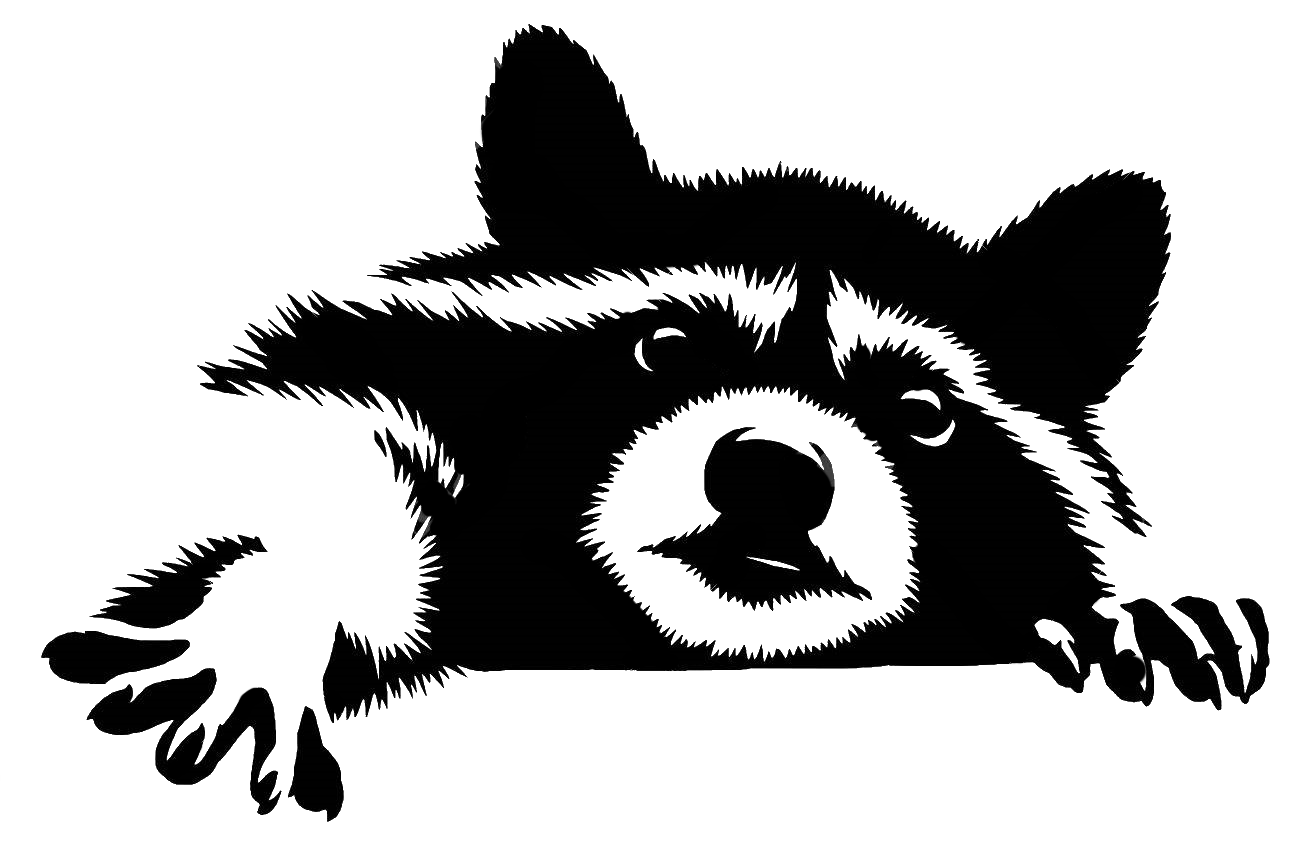Wagner’s Mastiff Bat: Eumops Glaucinis
The Wagner’s mastiff bat is medium-sized for the genus. The fur is short and glossy, and the color varies from black to cinnamon brown or brownish gray. This species is a typical resident of subtropical forests but found in different geographic regions in various habitats. These bats feed primarily on flying insects that are located near water, such as beetles, moths, and mosquitoes.
Learn More: Bat Facts
Description Of The Wagner Mastiff Bat
The Wagner’s mastiff bat is medium-sized for the genus. The fur is short and glossy, and the color varies from black to cinnamon brown or brownish gray. The hairs at their bases are bicolored and pallid; the body’s underparts are duller and paler than the back.
The snout on the E. glaucinus is elongated, and the nose does not have a leaflike projection, and it does not protrude from the upper lip. Above the eye, there is a keel-like projection. Over the forehead, the ears are wider than long and joined. They extend 1-2 mm beyond the end of the snout when the ears are brought forward. In length, the tragus is 4-5 mm, well developed, and square across the top.
The presence of a functional gular-thoracic gland in males is the most apparent difference between the sexes.
Males are significantly larger than females, but Wagner’s Mastiff Bat has not been examined for sexual dimorphism. The most significant differences in linear dimensions between the sexes of E. glaucus is canine width, lacrimal width, and post-orbital width. Significant differences in forearm length and humerus length set the sexes apart. The mean measurements of males and females, respectively, are forearm length, 61.2 mm (male), 60.5 mm (female); humerus length, 34.6mm (male), 34.31 mm (female). 1Go To Source academic.oup.com -“Eumops glaucinus”
Wagner’s Mastiff Bat Habitat
This species is a typical resident of subtropical forests but found in different geographic regions in various habitats. Florida: subtropical forests; Cuba: mainly urban forests; Mexico: tropical forests; Costa Rica: humid and urban subtropical forests; Venezuela: moist tropical forests; Argentina: deserts, rangelands, montane forests.
The Wagner mastiff bat can also be found in urban areas with humidity. 2Go To Source animaldiversity.org -“Eumops glaucinus Wagner’s bonneted bat”
Behavior Of Wagner’s Mastiff Bat
Mastiff bats are typically found in tropical regions of North and South America. Due to the wide range of climates throughout its distribution, the type of tropical habitat that this species is found in varies. Subtropical moist or dry forests, tropical moist forests, deserts, scrublands, and montane forests are among these habitats.
In general, daytime roost sites consist of tree cavities that are a consequence of woodpecker activity. They have, however, been known to make use of buildings, particularly roofing tiles. This species is gregarious, but a sex ratio of one male and his harem is normally observed, which he will protect via high-pitched warnings.
These bats feed primarily on flying insects that are found near water, such as beetles, moths, and mosquitoes. Bodies of water used for hunting grounds can be both natural or artificial; the only requirement is readily available food sources.
The majority of activities begin immediately after sunset and continue throughout the night, ending shortly before sunrise. Cool temperatures will, however, result in inactivity.
To locate prey, these swift fliers use agility and echolocation. Open areas at high altitudes provide an excellent environment for Wagner’s Mastiff bats. 3Go To Source uwsp.edu -“Eumops glaucinus – Wagner’s Bonneted Bat”
Wagner’s Mastiff Bat Reproduction Tendencies
Females give birth to one pup, but per year they may have more than one reproductive cycle. From June through September, pups are born during the summer.
Threats To Wagner’s Mastiff Bat Species
The most significant threats to Wagner’s mastiff bats are habitat loss, including the destruction of natural roosting sites, and natural disasters such as hurricanes due to the species’ small range, since the impact could occur throughout its entire range.
Also, the use of pesticides could threaten the population of this bat by contaminating natural food sources (not proven by research). 4Go To Source myfwc.com -“Florida Bonneted Bat Eumops floridanus”
Sources:
- —. “MAMMALIAN SPECIES Eumops Glaucinus.” Oxford Academic, American Society of Mammalogists, 9 May 1997, academic.oup.com/mspecies/article-pdf/doi/10.2307/3504261/8071437/551-1.pdf.
- Brand, B. 2002. “Eumops glaucinus” (On-line), Animal Diversity Web. Accessed January 11, 2021 at https://animaldiversity.org/accounts/Eumops_glaucinus/
- University Of Wisconsin Stevens Point. “Eumops Glaucinus – Vertebrate Collection.” UWSP, University of Wisconsin-Stevens Point, www.uwsp.edu/biology/VertebrateCollection/Pages/Vertebrates/Mammals%20of%20Paraguay/Eumops%20glaucinus/Eumops%20glaucinus.aspx. Accessed 11 Jan. 2021.
- “Florida Bonneted Bat.” Florida Fish And Wildlife Conservation Commission, Florida Fish and Wildlife Conservation Commission, myfwc.com/wildlifehabitats/profiles/mammals/land/florida-bonneted-bat. Accessed 11 Jan. 2021.
